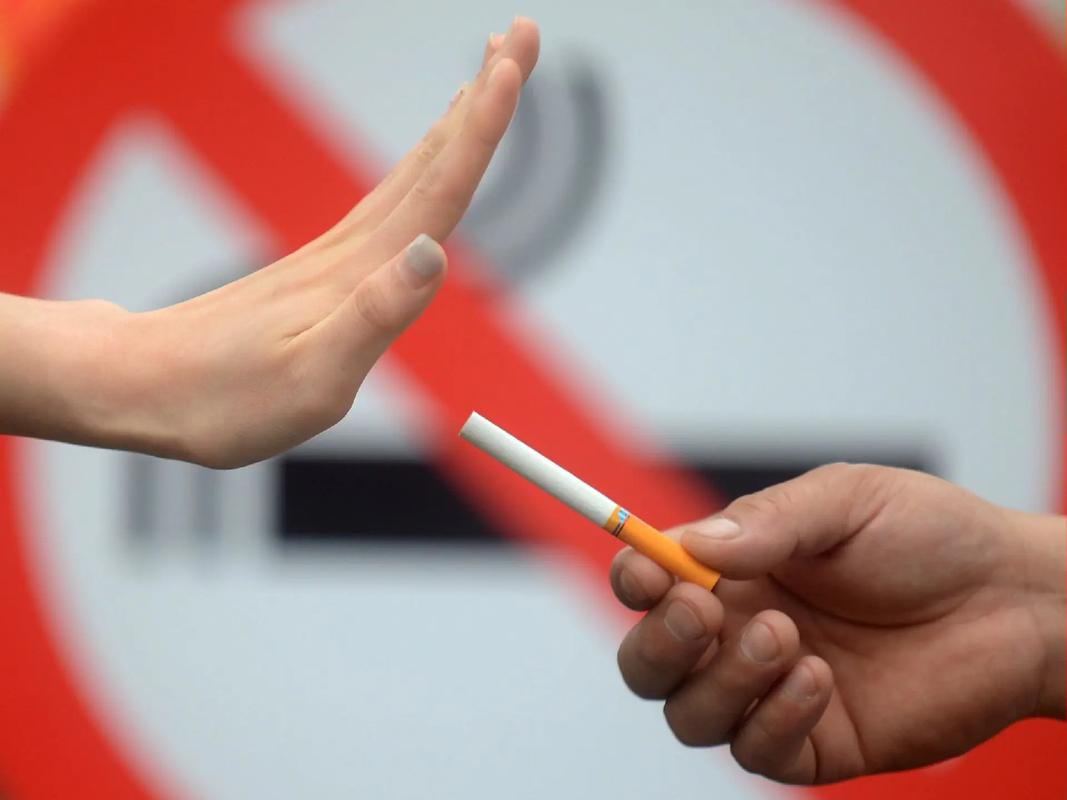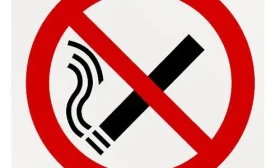A Complete Guide to Removing Stubborn Vape Juice Stains and Residue
That slight sheen on your phone screen, the sticky spot on your car's center console, or the mysterious tackiness on your favorite wooden desk—if you're a vaper, you've likely encountered the persistent challenge of vape juice residue. This thin, often sticky film is a common byproduct of vaping, but it doesn't have to be a permanent fixture in your life. While it might seem like a minor nuisance, knowing how to effectively clean vape juice residue is a crucial skill for any vaper. It protects your belongings, maintains a clean environment, and ensures your devices function optimally.
This comprehensive guide is designed to be your one-stop resource. We'll demystify what this residue is, provide safe and effective cleaning methods for every surface in your home, and share proactive tips to minimize future buildup. Let's reclaim your clean, sticky-free space.
Understanding Your Adversary: What Is Vape Juice Residue?
Before we dive into the cleaning solutions, it's helpful to understand what we're dealing with. Vape juice, or e-liquid, is primarily composed of Vegetable Glycerin (VG) and Propylene Glycol (PG), along with flavorings and nicotine. When vaporized, this mixture is mostly inhaled. However, a small portion of the aerosol condenses back into a liquid upon contact with cooler surfaces.
This condensed liquid is what we call vape juice residue. Its consistency can vary. High-VG liquids, popular for producing dense clouds, tend to leave a thicker, more syrupy film. High-PG liquids leave a thinner, but still tacky, residue. This film is hygroscopic, meaning it attracts and holds water molecules from the air, which contributes to its sticky nature and its ability to attract dust, dirt, and pet hair. Over time, if left untreated, this can lead to a grimy buildup that is harder to remove.
Your Cleaning Toolkit: Safe and Effective Supplies
You don't need harsh industrial chemicals to tackle vape residue. In fact, many effective solutions are likely already in your home. Here’s a breakdown of your cleaning arsenal:
- Isopropyl Alcohol (Rubbing Alcohol): This is your MVP for cleaning vape residue. Isopropyl alcohol, especially at 70% concentration or higher, is excellent at breaking down the PG and VG without damaging most hard surfaces. It evaporates quickly, leaving no moisture behind.
- White Vinegar Solution: A fantastic natural alternative. Mix equal parts distilled white vinegar and water in a spray bottle. The acidity helps cut through the glycerin.
- Microfiber Cloths: These are essential. Their fine fibers are incredibly effective at grabbing and holding onto dirt and residue without scratching surfaces. Avoid paper towels for final wipes, as they can leave lint.
- Distilled Water: Using distilled water for your final rinse or in your cleaning solutions prevents mineral spots, especially on glass and screens.
- Mild Dish Soap: A few drops of a gentle, non-abrasive dish soap in warm water can work wonders on initial cleaning.
- Cotton Swabs and Soft-Bristled Brushes: Perfect for getting into nooks, crannies, and vents on your vape device or electronics.
Surface-by-Surface Cleaning Guide: From Glass to Gadgets
Different surfaces require slightly different approaches to avoid damage. Always test any cleaning solution on a small, inconspicuous area first.
1. How to Clean Vape Film from Windows and Glass Surfaces The vape film on windows and glass can be notoriously stubborn, creating a hazy layer that diffuses light. Here’s the most effective method for removing vape residue from glass:
- Step 1: Start by dry-dusting or using a vacuum with a brush attachment to remove any loose dust that has stuck to the sticky film.
- Step 2: Spray your cleaning solution (isopropyl alcohol or vinegar solution) generously onto a microfiber cloth—not directly onto the glass. This prevents the liquid from seeping into window frames.
- Step 3: Wipe the glass in a circular motion, applying moderate pressure. You should see the residue dissolving.
- Step 4: Take a clean, dry part of the cloth or a second dry microfiber cloth and buff the glass until it is completely dry and streak-free. For extra shine, a final wipe with a cloth dampened with a little distilled water can help.
2. How to Remove Sticky Vape Residue from Electronics This requires caution. Phones, computer monitors, TVs, and car dashboards have sensitive screens and finishes.
- Power Off: Always turn off and unplug the device if possible.
- The Safe Solution: Use a 70% isopropyl alcohol solution. Higher concentrations can sometimes damage anti-glare or oleophobic coatings on screens. Apply it sparingly to a microfiber cloth until slightly damp, never wet.
- Gentle Wiping: Gently wipe the screen or surface in one direction. Avoid harsh scrubbing.
- Detail Work: For buttons, ports, and vents, use a cotton swab lightly dipped in isopropyl alcohol. Be careful not to let any liquid drip inside.
- Final Buff: Use a dry part of the microfiber cloth to buff away any remaining moisture.
3. Vape Residue Cleaning for Hard Surfaces For countertops, wooden furniture, laminate, and plastic surfaces, a multi-step approach works best.
- Initial Wipe: For a fresh spill or light residue, a simple wipe with a cloth dampened with warm, soapy water can be sufficient.
- For Stubborn Buildup: If soap and water aren't cutting through, use your isopropyl alcohol or vinegar solution. Spray on the cloth and wipe the surface.
- Rinse (Optional but Recommended): To prevent any long-term sticky feeling, do a follow-up wipe with a cloth dampened only with distilled water. This removes any leftover cleaning solution that might itself be slightly sticky after drying.
- Dry Thoroughly: Always finish by drying the surface with a clean, dry microfiber cloth.
4. How to Get Vape Juice Off Walls and Painted Surfaces Walls can accumulate a significant amount of residue over time, especially in a frequently used room.
- Test First: Always test your cleaning solution on a small, hidden area of the wall to ensure it doesn't affect the paint or finish.
- Start Mild: Begin with a mixture of a few drops of dish soap in a bucket of warm water. Use a soft sponge or cloth to wash a small section from the bottom up (to prevent streaking).
- Escalate if Needed: If the soapy water isn't effective, move to a dilute vinegar solution (1 part vinegar to 3 parts water).
- Rinse and Dry: Use a separate cloth dampened with clean water to rinse the area and then dry it with a towel. This prevents water spots and ensures no soap or vinegar is left behind.
5. Car Interior Vape Residue Removal Car interiors are a perfect storm for residue buildup, with multiple surface types in an enclosed space.
- Windows: Follow the glass cleaning method above. This is often the most noticeable place and dramatically improves visibility.
- Dashboard and Plastic Trim: Use a dedicated interior cleaner or a dilute isopropyl alcohol solution on a microfiber cloth. Avoid silicone-based dressings as the residue can make them streak.
- Fabric Upholstery: For fabric seats, a fabric cleaner or a mild soapy water solution can be used. Blot, don't scrub, and allow it to dry completely.
- Leather Upholstery: Use a cleaner specifically designed for leather to avoid drying and cracking the material.
6. Cleaning Your Vape Device to Prevent Performance Issues Regular maintenance of your vape device is not just about hygiene; it’s about performance. Residue can clog airflow and affect flavor.
- Exterior: Wipe down the entire device with a cloth lightly dampened with isopropyl alcohol.
- Drip Tip/Mouthpiece: Remove the drip tip and soak it in warm water or a bit of isopropyl alcohol for 10-15 minutes. Scrub with a cotton swab, rinse thoroughly, and dry completely.
- Tank/Pod Exterior: Wipe the outside of the tank and the connection points with an alcohol-dampened cloth to ensure a good electrical connection.
Proactive Measures: How to Prevent Vape Residue Buildup
An ounce of prevention is worth a pound of cure. Here are some simple habits to drastically reduce residue in your environment:

- Increase Ventilation: This is the single most effective strategy. Open a window, use a fan, or vape near an air vent. Moving air disperses the vapor particles, preventing them from settling on surfaces.
- Blow Vapor Upwards: When you exhale, direct the vapor upwards towards the ceiling. Warmer air rises, carrying the vapor with it and giving it more time to dissipate before it can settle.
- Maintain Your Device: A well-maintained device that doesn’t leak or spit back will produce less stray residue.
- Choose Your E-Liquid Wisely: If residue is a major concern, you might consider using an e-liquid with a higher PG ratio, as it tends to produce a less dense vapor that dissipates more quickly.
- Regular Dusting: Frequently dusting surfaces with a dry microfiber cloth can prevent dust from bonding with the thin layer of residue, stopping a minor issue from becoming a major cleaning project.
Dealing with vape juice residue is a simple and manageable part of the vaping experience. By understanding what causes it and having the right tools and techniques at your disposal, you can easily keep your home, car, and devices spotless. A quick, regular wipe-down is far easier than a deep clean of accumulated grime. So arm yourself with a microfiber cloth and a bottle of isopropyl alcohol, and enjoy your vape in a clean, fresh environment.










